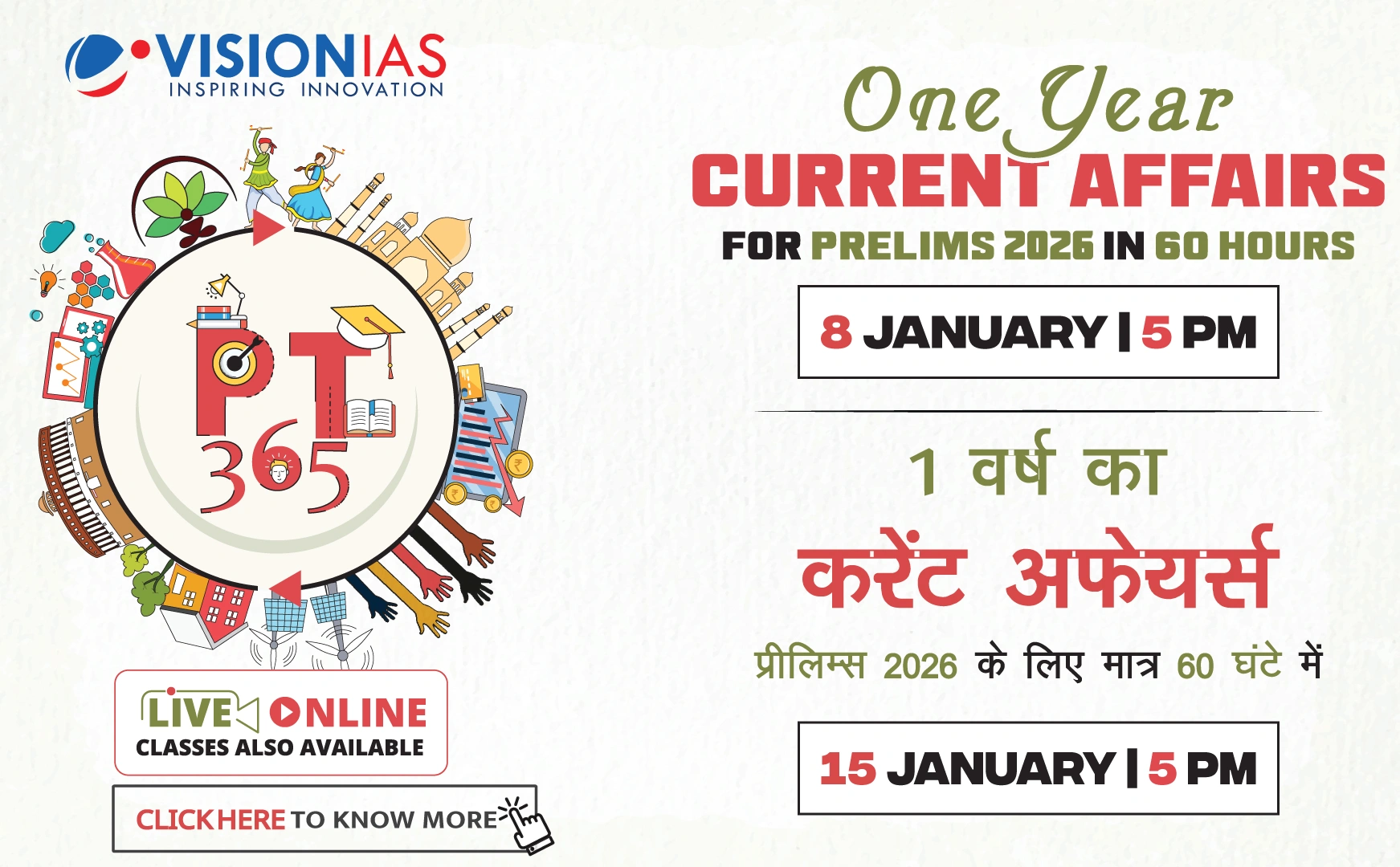U.S. Tariff on Indian Imports
The announcement by the president of a 25% “plus penalty” tariff on Indian imports was not unexpected. Several factors contributed to this development:
Background and Reasons
- The president has criticized India's dealings with Russia, particularly concerning energy and military equipment.
- Concerns have been raised about India's high tariff and non-tariff barriers.
- Recent statements by the U.S. Trade Representative highlighted that a trade deal with India requires “some more negotiations.”
- Indian Commerce Ministry officials have not been discussing a mini-deal, indicating a trade agreement before August 1 was unlikely.
Current Situation
There has been a shift in the rhetoric and dynamics of India-U.S. relations:
- The president's remarks about Pakistan potentially selling oil to India and criticizing the Indian economy as “dead.”
- Neither side has changed their core policies:
- The U.S. demands reduced Indian tariffs and broader market access.
- India maintains its position on protecting agriculture and dairy sectors.
Challenges and Implications
These developments complicate the prospects of a bilateral trade agreement (BTA):
- Despite changing deadlines for a mini-deal, both governments aim to meet the fall deadline for a BTA.
- Mr. Trump has linked India’s engagements with Russia to trade relations with the U.S.
- India's sovereignty in choosing its trade partners is emphasized by its Ministry of Commerce and Industry.
- The U.S. market is crucial for India, accounting for about 20% of its exports.
- The new tariffs and penalties could disadvantage India compared to other Asian competitors like South Korea and Vietnam.
- Various trade associations have raised concerns about the impact on different sectors.
Conclusion
Indian negotiators face the challenge of securing a trade deal that aligns with national interests while addressing the new complexities introduced by U.S. tariffs.







